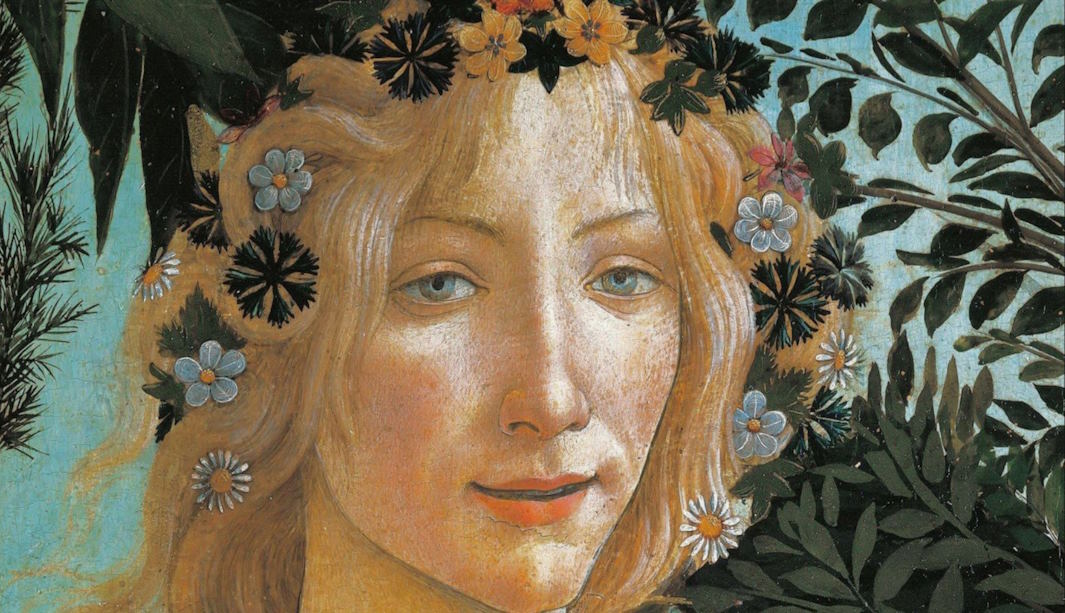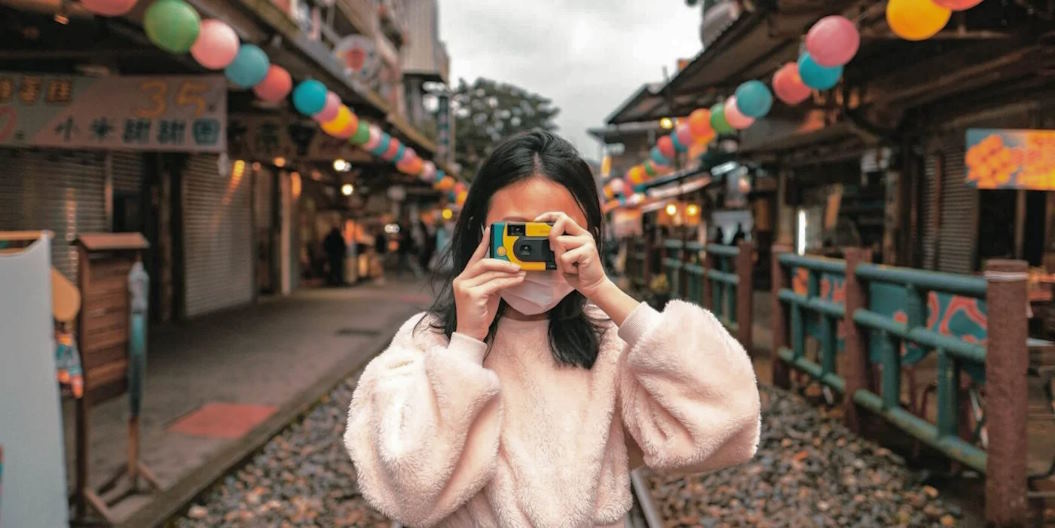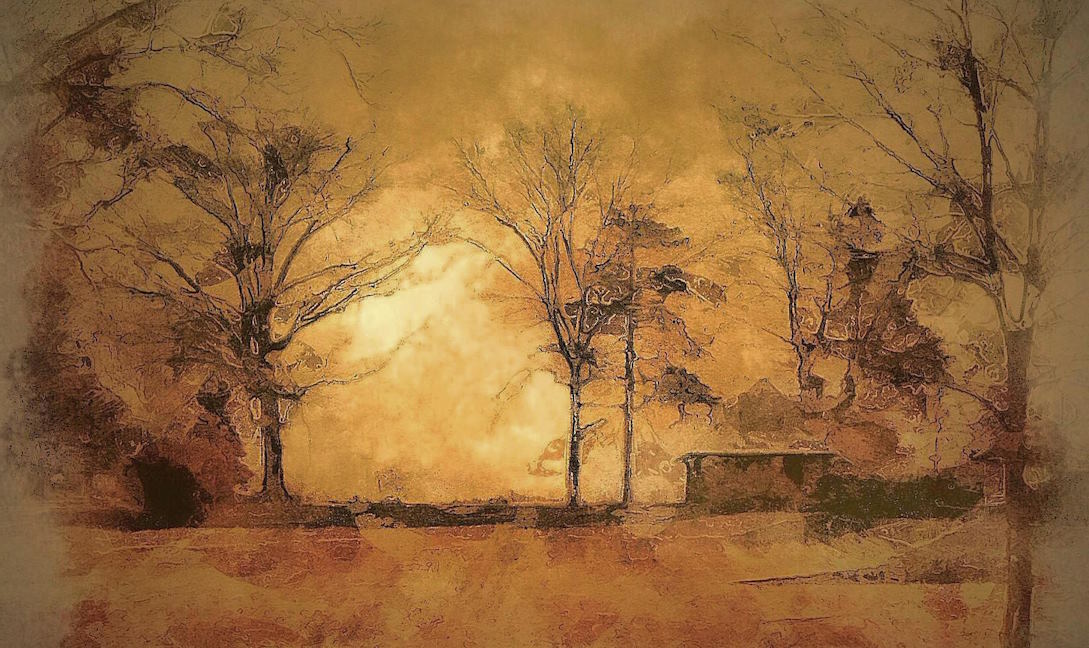
Monochrome paintings, with their timeless elegance and understated allure, beckon viewers into a realm where simplicity speaks volumes and nuances of grayscale unveil profound depths of emotion. In a world saturated with vibrant hues and elaborate compositions, monochrome art stands out for its unique ability to captivate and resonate on a deeply personal level. From the earliest cave paintings to contemporary digital creations, the allure of monochrome remains unwavering, drawing artists and art enthusiasts alike into its mesmerizing embrace.
Techniques and Styles in Monochrome Painting
At the heart of monochrome painting lies a delicate balance between simplicity and complexity, where every brushstroke carries the weight of intention and expression. Artists employ a myriad of techniques to create depth, texture, and emotion within the confines of a limited color palette. From the subtle gradations of washes in watercolor to the bold impasto of oil on canvas, each medium offers its own unique possibilities for monochrome expression. The use of light and shadow becomes paramount, as artists manipulate contrast to evoke mood and atmosphere. Texture, too, plays a crucial role, with artists experimenting with techniques such as stippling, hatching, and scumbling to imbue their works with tactile richness.
The Beauty in Simplicity
In a world inundated with visual noise, monochrome paintings offer a respite for the eyes and a refuge for the soul. Stripped of extraneous distractions, these artworks compel viewers to confront the essence of form and composition, inviting introspection and contemplation. The absence of color allows for a heightened focus on tonal relationships, as shades of gray converge and diverge to create dynamic contrasts and harmonies. Whether capturing the soft interplay of light on a still life or the brooding intensity of a portrait, monochrome paintings possess a timeless allure that transcends fleeting trends and fashions.
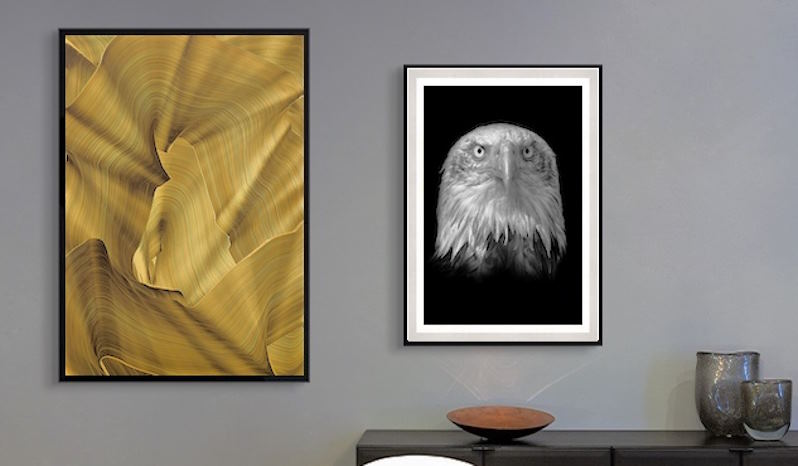
Notable Artists and Their Contributions
Throughout history, countless artists have been drawn to the allure of monochrome painting, each leaving their indelible mark on the canvas of artistic expression. From the hauntingly evocative works of Francisco Goya to the serene landscapes of J.M.W. Turner, monochrome art has encompassed a diverse array of styles and sensibilities. In the modern era, artists continue to push the boundaries of monochrome painting, experimenting with new materials, techniques, and conceptual frameworks. Figures such as Gerhard Richter and Anish Kapoor have embraced monochrome as a means of exploring themes of perception, memory, and identity, while emerging artists are harnessing digital technologies to forge new frontiers in grayscale expression.
Contemporary Applications and Interpretations
In an age defined by technological innovation and rapid change, monochrome painting continues to evolve and adapt to new modes of artistic expression. Digital monochrome art, in particular, has emerged as a vibrant and dynamic form of creative expression, offering artists unprecedented freedom to manipulate light, texture, and form. From hyperrealistic digital renderings to abstract compositions generated by algorithms, the digital realm has become a fertile ground for monochrome experimentation. Yet, even as technology reshapes the landscape of artistic practice, the fundamental allure of monochrome painting remains unchanged, offering a timeless refuge for those who seek solace in the simplicity of grayscale expression.
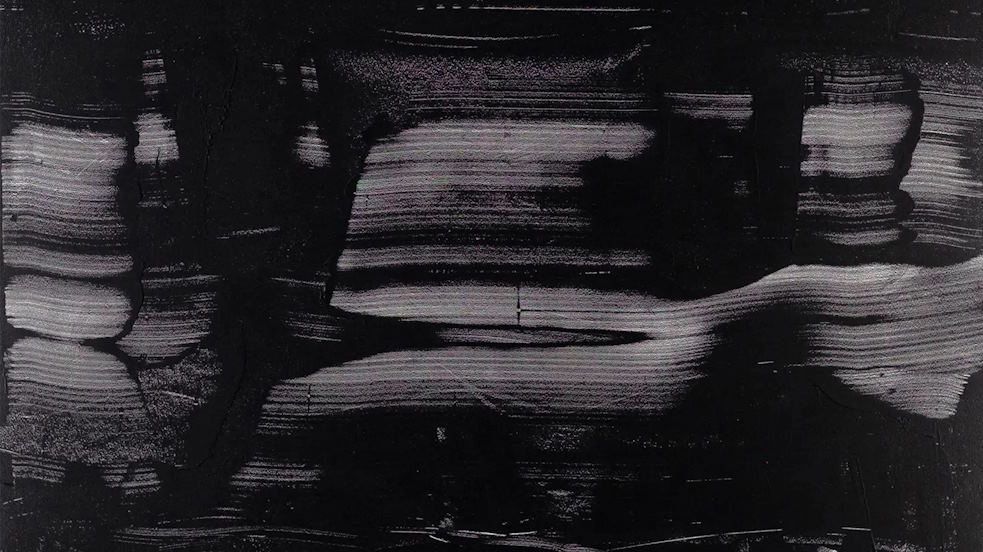
Challenges and Advantages of Monochrome Painting
While monochrome painting presents artists with unique challenges, it also offers distinct advantages that fuel creativity and innovation. The absence of color requires artists to rely on subtleties of tone and texture to convey depth and emotion, challenging them to hone their observational skills and technical prowess. Yet, this very limitation can also be a source of liberation, freeing artists from the constraints of representational accuracy and allowing for a more intuitive and expressive approach to image-making. Moreover, monochrome painting possesses a universal quality that transcends cultural and linguistic boundaries, inviting viewers from diverse backgrounds to engage with the artwork on a deeply personal level.
Appreciating Monochrome Art: Tips for Observers
For viewers encountering monochrome art, whether for the first time or as seasoned enthusiasts, there are several key considerations that can enhance the appreciation and understanding of these captivating works. First and foremost, it is essential to approach the artwork with an open mind and a willingness to engage with the nuances of tone, texture, and composition. Take the time to observe the interplay of light and shadow, noting how it shapes form and creates depth within the frame. Consider the artist’s intentions and the context in which the artwork was created, allowing yourself to be drawn into the narrative or emotion conveyed by the piece. And above all, trust your instincts and embrace the subjective experience of art appreciation, allowing the beauty and complexity of monochrome painting to unfold in its own time and on its own terms.

